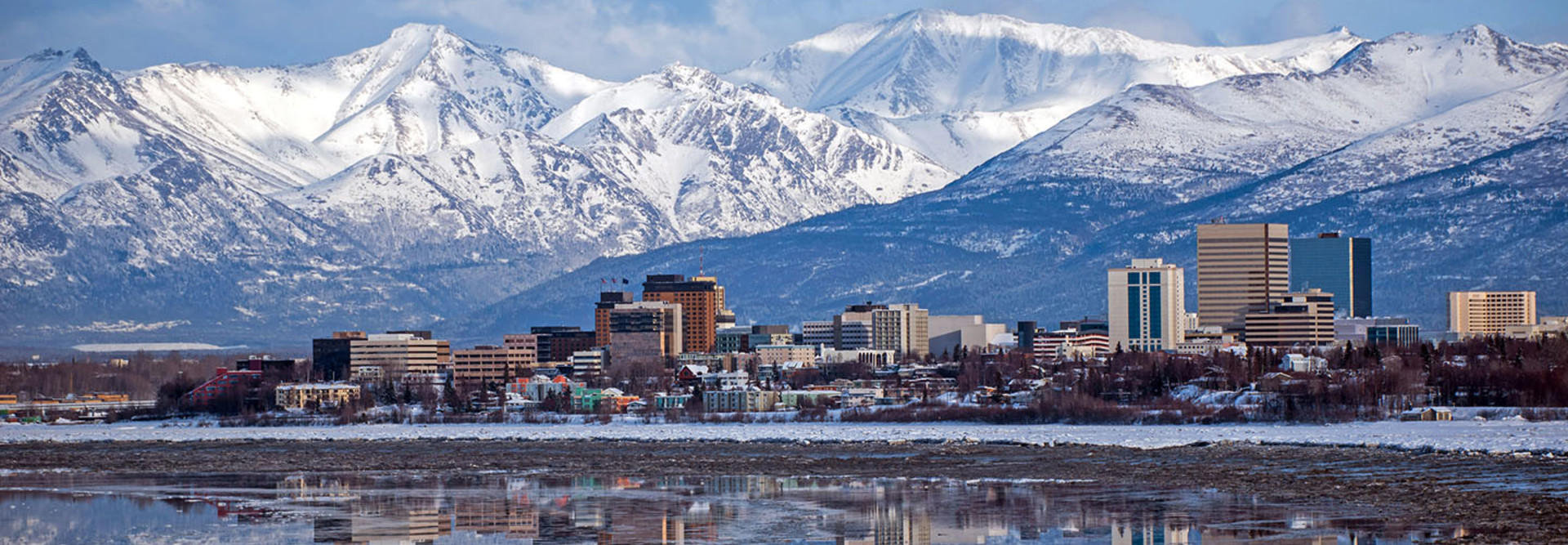Alaska’s New CIO Targets Big-State IT Challenges
The state of Alaska is looking to strengthen its digital government with a new administrative order that adds a CIO position and consolidates IT functions in state government.
“In just the past few years, there have been incredible changes in technology that affect how government services are managed and delivered,” Governor Bill Walker said in a press release regarding the changes. “This administrative order will strengthen our IT functions, reduce overall costs, maximize efficiency, and allow us to tap into the talents of our entire team as we adapt to a changing world.”
A New CIO Targets a Fresh Way to Deliver Government Services
Per the order, Bill Vajda has taken the wheel as the state CIO, leading its IT services into a new era that will include bringing cost-effective broadband to all residents, shoring up cybersecurity, and modernizing IT procurement and management practices.
“Change in technology is constant,” says Vajda. “Every generation of Alaskans develop their own expectations with how they want to interact with the institutions that support their lives, whether in private business or government. As a state, we need to acknowledge that and ensure that we’re meeting those expectations.”
A Big State Means Big IT Challenges
But as the state moves to shore up its infrastructure and streamline services, its IT landscape is quite literally proving to be a challenge.
“Alaska, probably more so than any other state, relies on technology to connect its residents with government,” Vajda says. “It’s a geographic area roughly half the size of the continental United States. What governments can deliver in the lower 48, in more densely populated areas, pop up as challenges here.”
For example, while more mobile applications and self-service digital government would likely fall into the category of what the latest generation of Alaskans would like to see from state agencies, getting those technologies to residents certainly hits roadblocks.
“There’s not a huge mobile infrastructure here,” Vajda says, noting that much of central Alaska is still lacking in cell towers and internet connectivity. “Part of the challenge in Alaska is … the ‘middle mile’ or connecting one side of the state with the other.”
To get the state up to speed, one of the highest priorities will be to bring fast, affordable internet connectivity to all residents. Alaska is looking to have all residents online via cost-effective broadband by 2026.
“We certainly face all the same kinds of technology issues that any other state would, but when you talk about making government available to residents, it really comes down to finding the most cost-efficient and effective way to connect all Alaskans,” Vajda says.
And as the new CIO faces decisions around consolidation and cloud infrastructures, these basic connectivity issues are likely to keep the state’s IT exciting.
“Everything that goes on in the states, we have our own version of it here,” Vajda adds. “Whether its geography or sparsely populated areas, the unique geography of Alaska always makes it interesting.”









